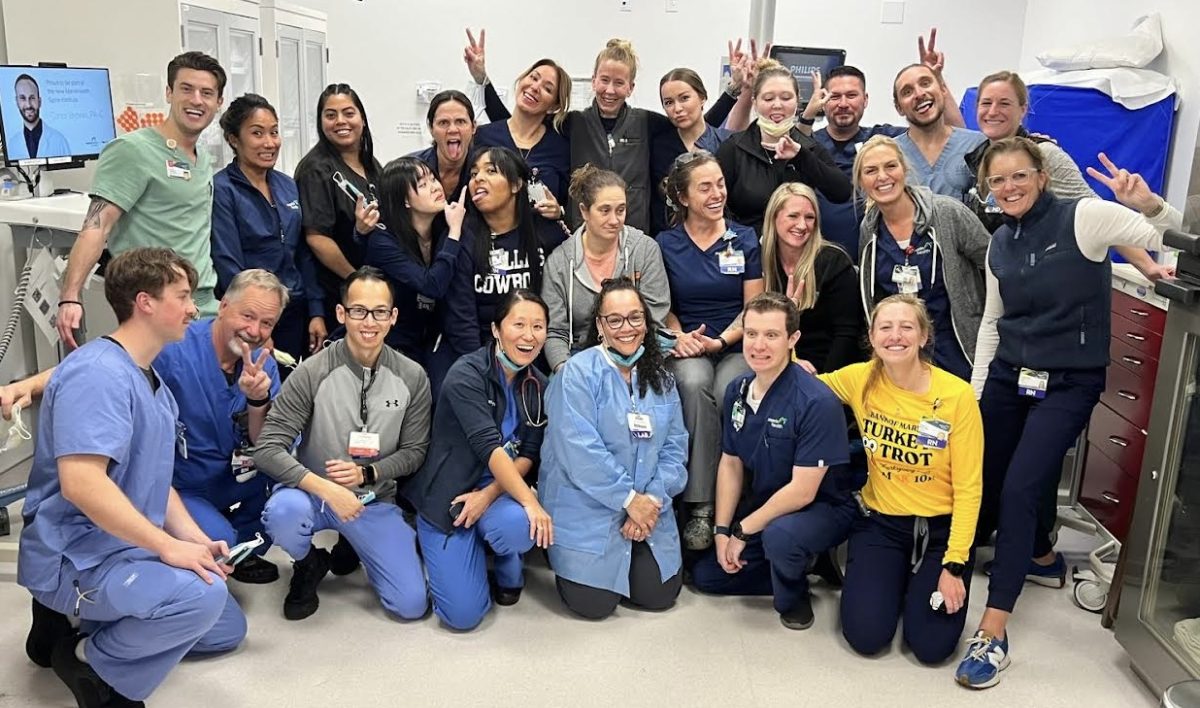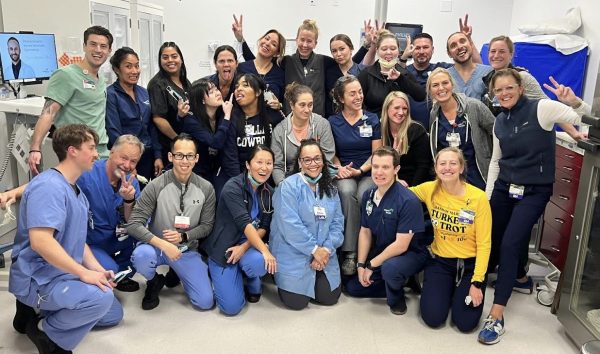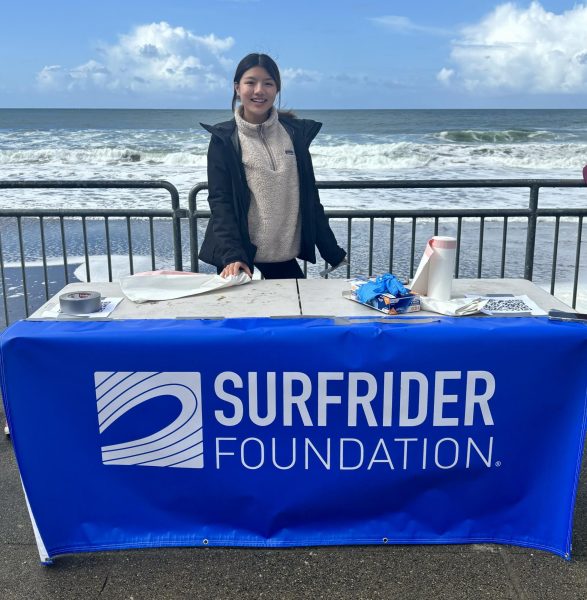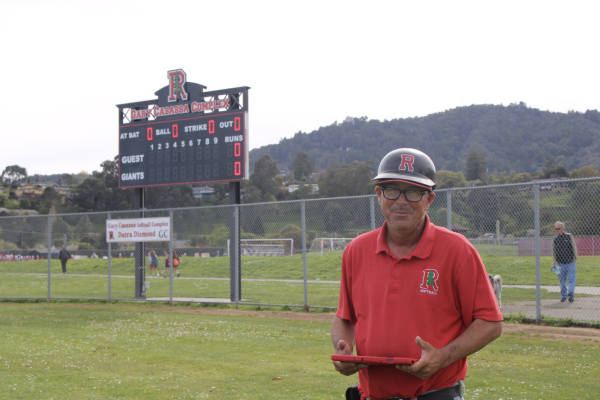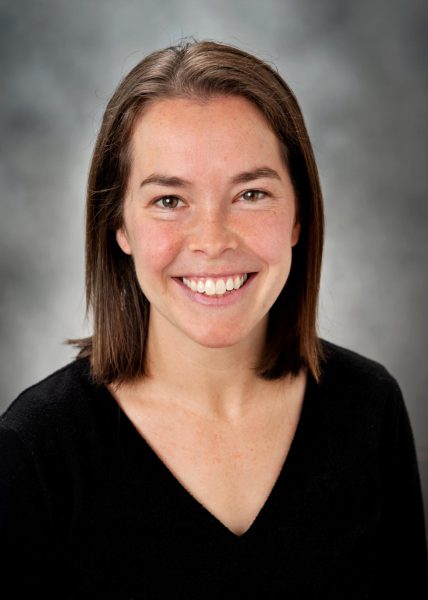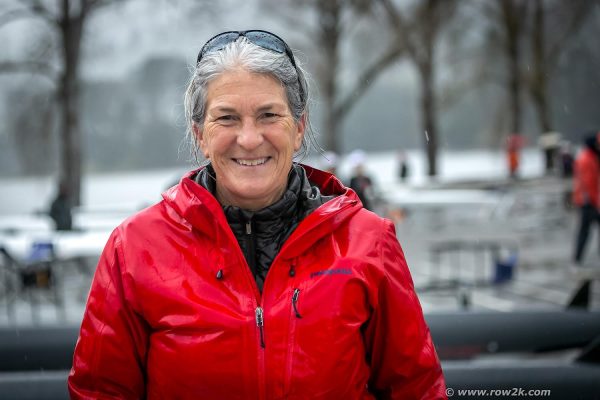Lindsey Hébert races past gender barriers
May 5, 2023
Growing up, senior Lindsey Hébert watched her dad, an established race car driver, teach her brothers about racing. Hébert’s family assumed that she wouldn’t be interested, but this wasn’t the case. Not only was Herbért immediately intrigued, but she was determined to prove her ability and commitment to race car driving.
“[I thought to myself], ‘Maybe if I can do this on my own, I can prove something [and] I can prove my worth.’ So, I taught myself everything I could about race car driving [by] reading books, watching shows, all that sort of thing,” Hébert said. “I started grabbing tools and working on [my dad’s] car. I was so stubborn in proving my point. I really, really, wanted this.”
While Hébert earned her dad’s support, she wanted it to be clear that it was her hard work and effort that led to her success.
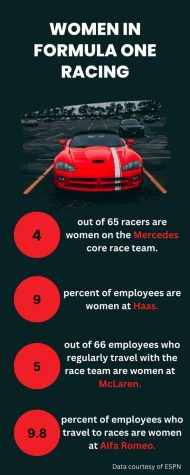
“I want to be entirely self-sufficient. I don’t want people to look at me and think, ‘Oh, her dad got her here,’” Hébert said.
In order to compete in races, one needs to obtain a racing license and potentially multiple other licenses depending on the type of races they want to compete in.
“You need to go through a lot of training and get your license for multiple different sorts of vehicles which can be a very long process,” said Hébert.
Hébert earned her racing license and is competing in drag and drift races, formula one races, and vintage-style races in addition to working behind the scenes in the pit crew.
Getting her license and becoming part of the racing community hasn’t been easy. Hebert’s dad wasn’t the only person she needed to prove herself to. As a young woman, many others doubted Hébert’s ability.
“As a girl, no one really wanted me there. Everyone kind of laughed at me,” Hébert said.
Tati Ziemer also acknowledges the challenges of being a female race car driver. Ziemer manages the go-karts and go-kart track at Sonoma Raceway, where many race car drivers first start out. She noted that while many of the administrative staff at Sonoma Raceway are female, including the president, very few women are working on the track or racing.
“I’m one of the few females that have boots on the ground and work in the trackside industry. It’s few and far between [that women are in the trackside industry],” Zeimer said.
Sonoma Raceway recently held a large event put on by Stéphane Ratel Organisation (SRO) Motorsports Group, which included a variety of different series. Zeimer noticed that out of approximately 200 drivers, only four or five were female. However, Zeimer also pointed out some of the steps that the industry has taken to be more inclusive.
“It’s daunting to get out there, but there are more and more organizations and women’s initiative scholarships that are popping up to help bridge the gap,” Zeimer said.
Hébert continues to work hard to gain the respect and support of others in the racing world and hopes that her actions can inspire other girls to pursue the sport.
“Girls who were five or under would come up to me and [ask], ‘Are you working on this? Are you racing? This is incredible!’” Hébert said.
Seeing her impact on younger girls has motivated Hébert to continue working hard to be a successful racer. Despite the challenges that she has faced, Hébert remains undaunted and committed to reaching her full potential.
“Going into [racing], nobody had faith in me,” Hébert said. “I want to prove to people, especially those little girls who are always in the back of my mind, you just need to work hard.”





